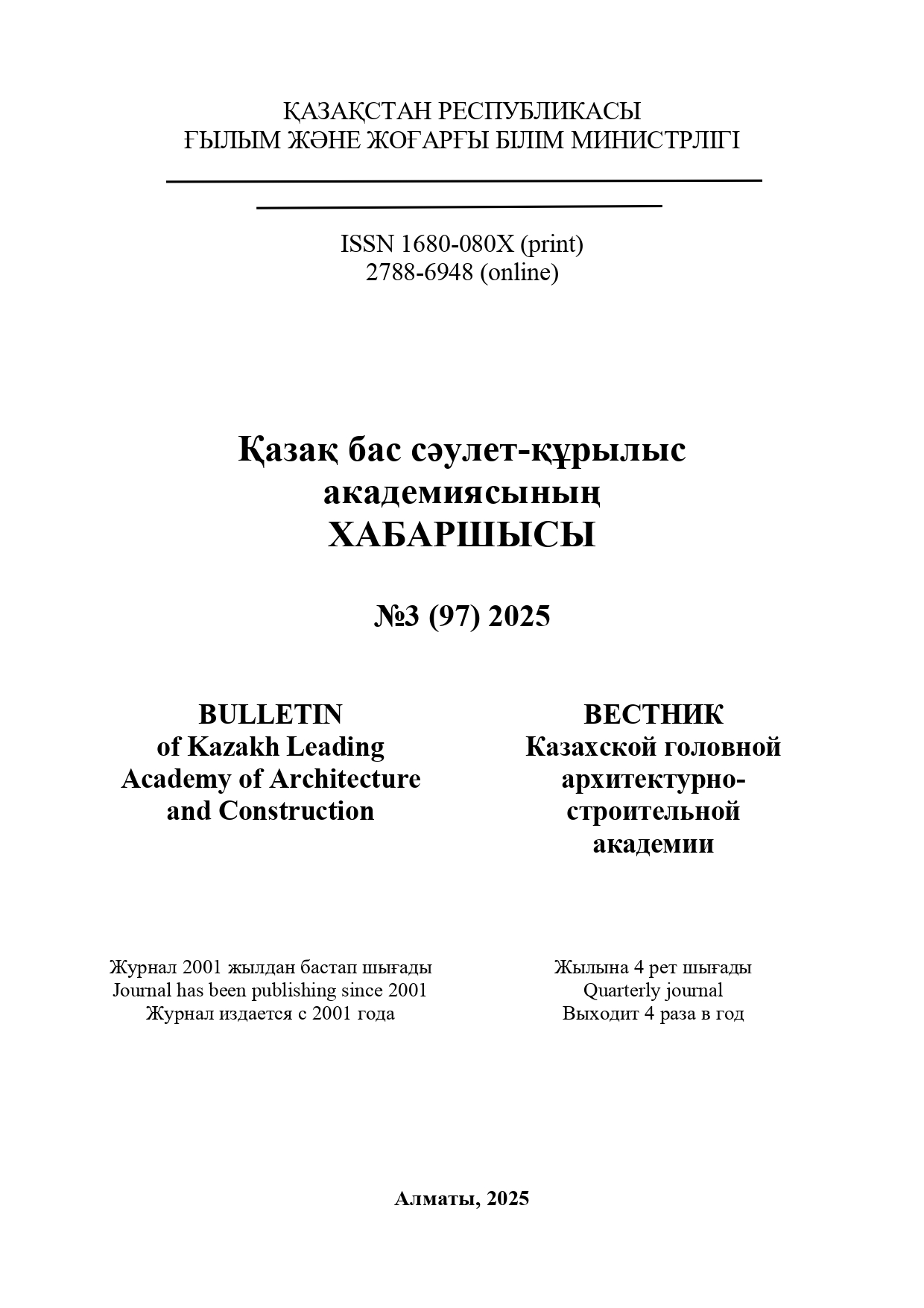Abstract
In order to increase the resistance of sleepers to dynamic effects and to strengthen their load-bearing capacity, it is important to investigate their internal strength reserve to various external effects, including the ductility of the subgrade. This is due to the insufficient theoretical and experimental studies to predict their strength reserve in modern conditions. The aim of this research is to improve the dynamic calculation of railway sleepers by developing more accurate calculation models and using modern algorithms to determine their bearing capacity. To achieve this goal, the paper uses analytical and numerical methods based on mathematical models. The base of sleepers is continuous elastic. Methods for determining the natural frequencies of transverse vibrations and a dynamic calculation method for determining the stress-strain state at different load speeds and base stiffness are presented. An example of calculation of railway sleepers is presented. The values of natural frequencies for different forms of vibrations are determined by analytical and numerical methods, and the results are compared. Static and dynamic calculations were carried out, as a result of which the values of internal forces, values of deflections and normal stresses were obtained. Evaluation of the obtained results is given. Strength reserve has been determined and appropriate conclusions have been drawn.


